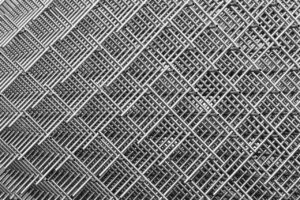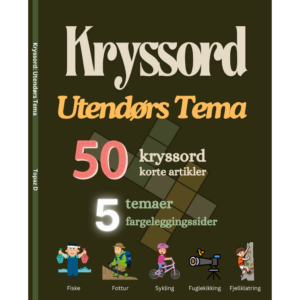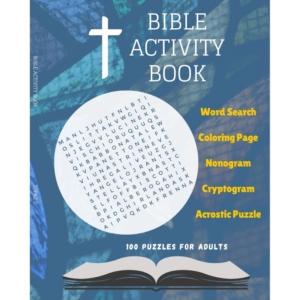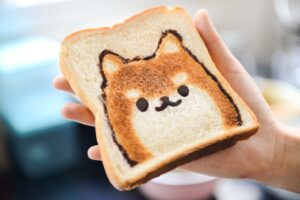
Explore & Play
Discover interesting topics and solve the accompanying crossword puzzle.
Coin crossword: Fascinating Facts and Future of Coins
Table of Contents
Coin crossword
You can either fill in the crossword puzzle directly on this page or click the button in the bottom right corner to print it for free.
——————————————
Fascinating Facts and Future of Coins: From Pennies to Euros

Introduction
Picture the familiar jingle of coins in your pocket—the steady clink of a penny, nickel, or quarter. These little discs of metal have been part of everyday life for centuries, quietly carrying stories from hand to hand. Coins are more than just currency; they’re tiny time capsules, linking us to the people, places, and histories that shaped them.
From the well-worn pennies of the United States to the sleek Euro coins that traverse borders without passports, each coin reflects a culture’s identity and values. Whether it’s the hole in a Japanese 50 yen piece or the iconic eagle stamped on a quarter, coins offer more than their face value. They’re pieces of art, history, and economy rolled into one.
In this article, we’ll journey through the fascinating evolution of coins, uncover surprising stories hidden in their designs, and explore what the future holds for these everyday companions. Along the way, you’ll discover how coins connect us across time and continents—a reminder that even the smallest objects can carry the biggest tales.
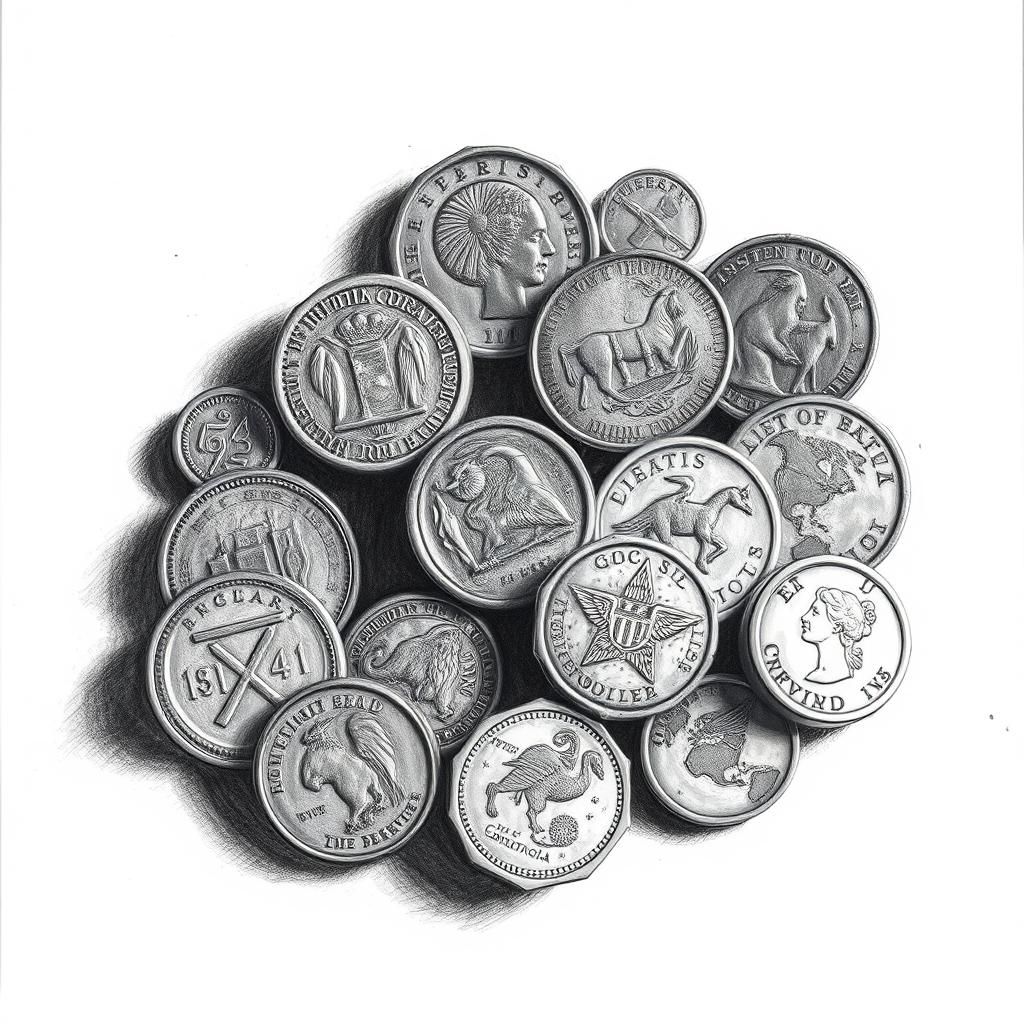
The History and Evolution of Popular Coins
Step back a moment and imagine holding a coin that’s quietly witnessed the unfolding of history — a small disc, worn smooth by countless palms, yet rich with stories. Take the U.S. penny, for example. Introduced in 1793, it started as a hefty copper piece, reflecting the young nation’s ambition and resourcefulness. Over time, it’s shrunk and shifted in metal makeup, but Lincoln’s steady profile has graced it since 1909, linking every day’s pocket change with a president who helped shape the country’s destiny.
Each U.S. coin carries its own tale. The nickel, introduced during the Civil War era, was initially a shield against counterfeiting and an emblem of economic resilience. The dime, small but mighty, has been a canvas for iconic figures like Roosevelt since 1946 — a quiet nod to leadership during turbulent times. And then there’s the quarter: beyond its everyday use, it became a storyteller itself, celebrating national parks and heritage sites through the 50 State Quarters program, inviting travelers to glimpse the country’s landscape and history one coin at a time.
Crossing continents, international coins often tell stories of unity and culture in ways that surprise. The Euro, for instance, is more than mere currency — it’s a symbol of cooperation across diverse nations. The bridges etched on its coins don’t depict real structures but imagined ones, representing the invisible connections binding Europe together. Meanwhile, Japan’s 50 yen coin, distinguished by its charming center hole, carries subtle cultural significance. Heads or tails, the hole invites questions — does it symbolize openness? Connection? It’s a small design that prompts deeper reflection.
India’s Rupee coins showcase the country’s rich heritage, often bearing the image of the Ashoka Pillar, a tie to ancient values and sovereignty, while Scandinavian Krone coins evoke Nordic simplicity and resilience, using clean designs that mirror the serene landscapes they hail from.
Behind every coin’s face value lies this deeper human story — a blend of history, identity, and art pressed into metal. These coins don’t merely facilitate transactions; they’re touchstones, carrying whispers of the past into the hands of the present. So next time you flip a coin, pause for a moment. What stories might it tell if it could speak?
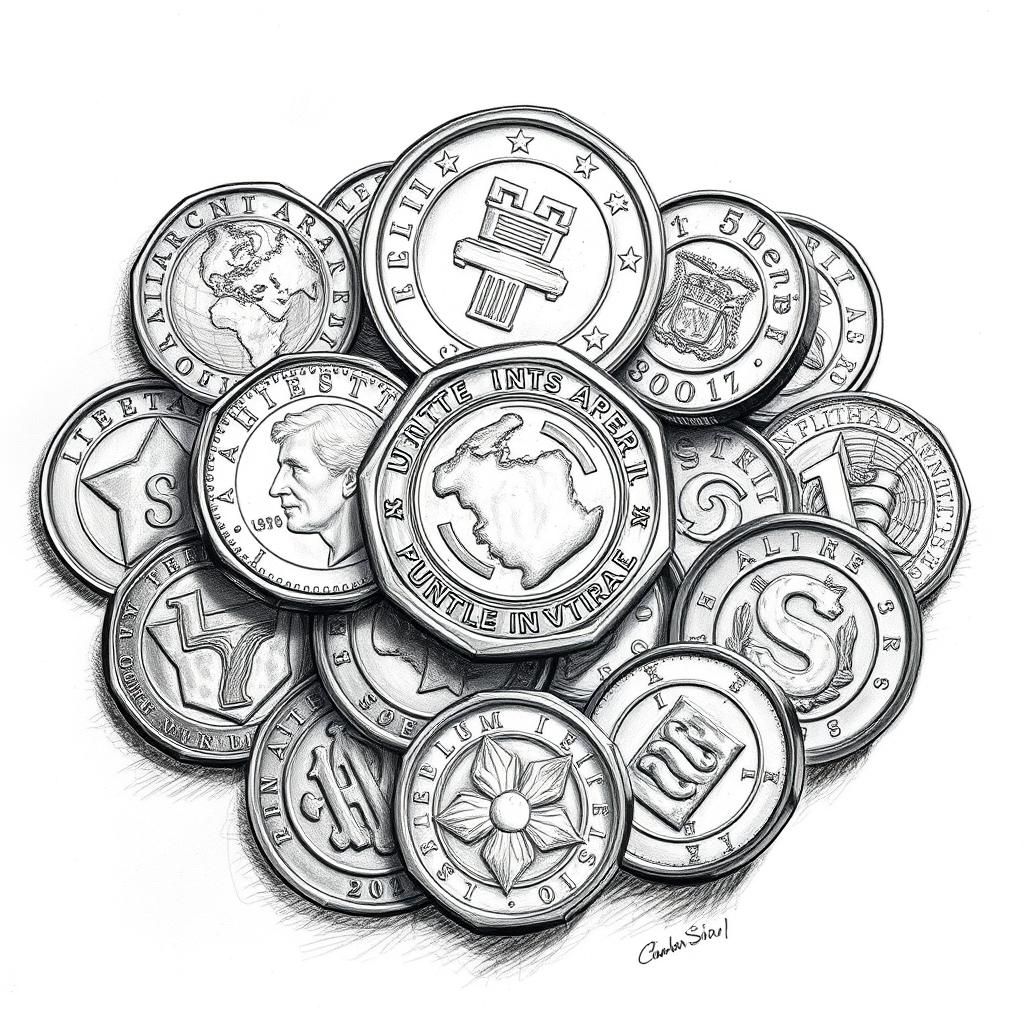
Material Composition and Changes Over Time
Take a moment to hold a penny from today and compare it to one minted before 1982. If you notice a difference in weight or color, you’re sensing history changing in your hands. Up until 1982, pennies were almost pure copper—a rich, warm metal that gave them a satisfying heft. But as copper prices climbed, something had to give. Today’s pennies are mostly zinc, cloaked in a thin copper layer, making them lighter and cheaper to produce but a little less iconic to the touch.
Nickels, on the other hand, have mostly kept their copper-nickel blend, a reliable recipe that balances durability and cost. Their sturdiness has helped nickels remain in active circulation, resisting the wear and tear of countless transactions.
Crossing the ocean, we find that materials vary even more. The Euro coins, for instance, combine different metals depending on their denomination—copper-covered steel, nickel-brass, and even bi-metallic compositions. These choices reflect both cost-efficiency and a subtle nod to the unity of Europe, mixing metals like mixing cultures. Meanwhile, Japan’s yen coins feature aluminum and cupronickel variants, materials picked for their lightness and longevity. The Indian rupee coins have also evolved, moving from high copper content toward stainless steel and nickel alloys to withstand the tropical climate and daily hustle.
Why all these swaps and tweaks? The practical answer lies with economics and endurance. Metals like copper can spike in cost or wear down quickly, prompting mints worldwide to innovate with alloys that stretch each coin’s lifespan. For example, pennies enjoy an average circulation life of around 40 years, a long run compared to many international coins that face faster turnover due to material softness or economic conditions.
These material shifts don’t just affect the look and feel of coins—they influence how often they need replacement and, ultimately, the economics behind every pocketful of change. It’s a delicate balance, where tradition meets the reality of modern manufacturing and global markets, reminding us that even the smallest coin carries layers of history and practical decision-making beneath its shiny surface.
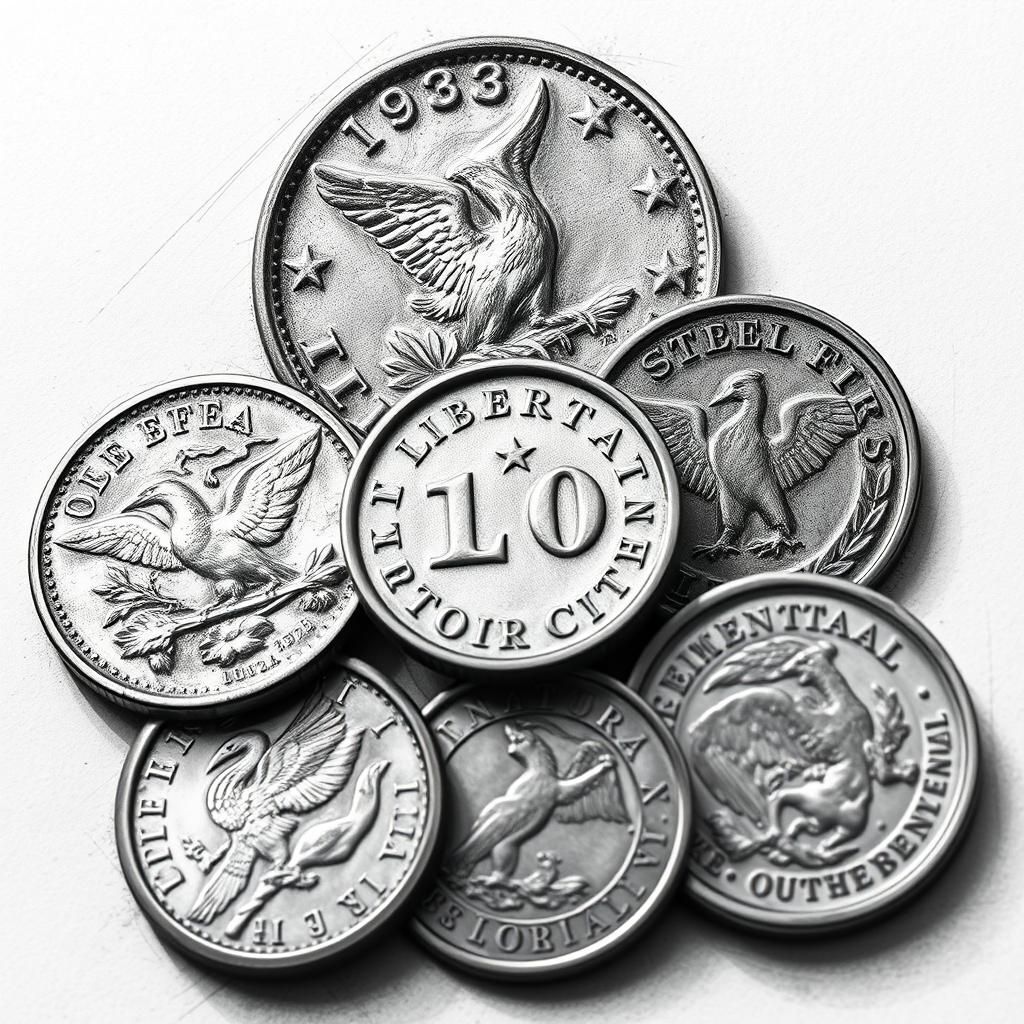
Collectible Value and Noteworthy Coin Stories
Step into the world of coin collecting, where history, rarity, and a dash of luck converge to turn mere metal into coveted treasure. Some coins don’t just jingle in your pocket—they whisper stories from bygone eras and promise rewards that can reach into the millions.
Take the legendary 1933 $20 Double Eagle. Minted but never officially released into circulation, this gold coin has become one of the rarest and most valuable in American history. Its tale is one of intrigue, legal battles, and a shimmering hint of mystery, with examples fetching prices above $18 million at auction. It’s a reminder of how a single piece of metal can embody a nation’s turbulent past and captivate collectors worldwide.
Closer to everyday change, certain Bicentennial quarters and dimes—those stamped with 1976 dates to celebrate America’s 200th birthday—have quietly become the stuff of dreams for numismatists. Though millions were minted, some low-mintage varieties slipped under the radar, now potentially worth up to $350 million. It’s astonishing that coins intended for daily use can transform into priceless heirlooms, each bearing the gentle fingerprints of history.
In more recent times, collectors are turning their eyes—and wallets—toward the near future. The 2025 Lincoln pennies, especially those still in pristine, uncirculated rolls, have sparked a surge of interest. With the 250th anniversary of the U.S. Constitution approaching in 2026, upcoming quarters are generating excitement for their new designs, weaving the country’s foundational story into each shiny disk.
But the allure of collecting stretches far beyond American borders. Euro coins, for example, tell a story of unity through their common reverse designs—those fictional bridges symbolize connection across diverse nations. Rare editions, like special commemorative Euros or precision-crafted yen coins from Japan, invite collectors to explore cultural narratives etched in metal. These coins remind us that the value of money often lies as much in the stories they carry as in their purchasing power.
Collecting coins, then, becomes an intimate journey through artistry, history, and identity. It’s about holding time in your hand—feeling the cool weight of a bygone era or catching a glimpse of a nation’s future, all within a small, gleaming circle. Whether you’re an experienced numismatist or a curious newcomer, coin stories have a quiet way of inviting us to look deeper, appreciate the past, and imagine the worlds hidden beneath each face and edge.
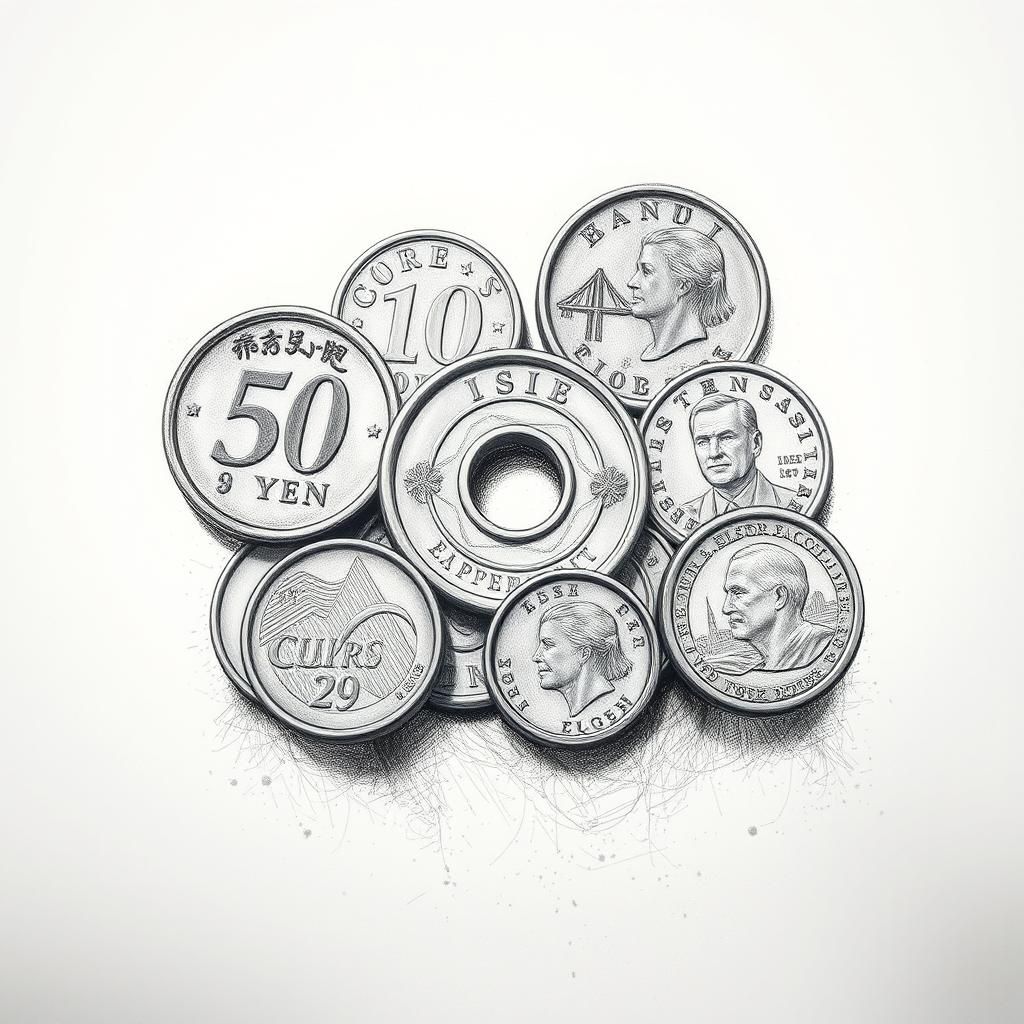
Cultural Significance and Unique Coin Uses
Look closely at a coin, and you’ll find more than just metal and numbers. Each one carries stories stitched into its design, reflecting the culture that gave it life. Take the Japanese 50 yen coin—its central hole isn’t just a quirky feature. In Japan, the hole helps distinguish it by touch and sight, but it also carries subtle symbolism. Heads side is called “chokin” (savings) and tails “en” (connection or fate), weaving everyday life with deeper meaning. It’s a small reminder that coins can be more than money; they’re touchstones of belief and tradition.
Across Europe, the Euro coins tell a parallel story. Their common side features bridges—not real structures, but imagined ones—symbolizing unity and connection in a continent of varied languages and histories. These bridges don’t just link physical places but represent the spirit of cooperation and harmony among nations. It’s fascinating to think that when someone spends a euro, they’re holding a tiny emblem of togetherness.
In the U.S., coins often pay homage to history with images of presidents and landmarks. The quarter’s Washington Crossing the Delaware design recalls a moment frozen in time, reminding us of the courage and tenacity embedded in the country’s story. Each curve and inscription invites reflection on the people and values that shaped the nation.
But coins also slip beyond their role as currency, finding life in everyday creativity. Some folks transform old coins into magnets, charms, or works of art, offering a tactile link to the past. In many cultures, coins play a part in rituals—from tossing pennies into fountains for luck, to saving coins as tokens of hope and prosperity. Their small size makes them perfect carriers of wishes, memories, and traditions passed quietly from hand to hand.
So when you hold a coin, consider the richness beneath its surface: a symbol, a story, a bridge across time connecting you to millions before and around the world. Coins are more than change—they’re moments, memories, and meaning forged in metal.
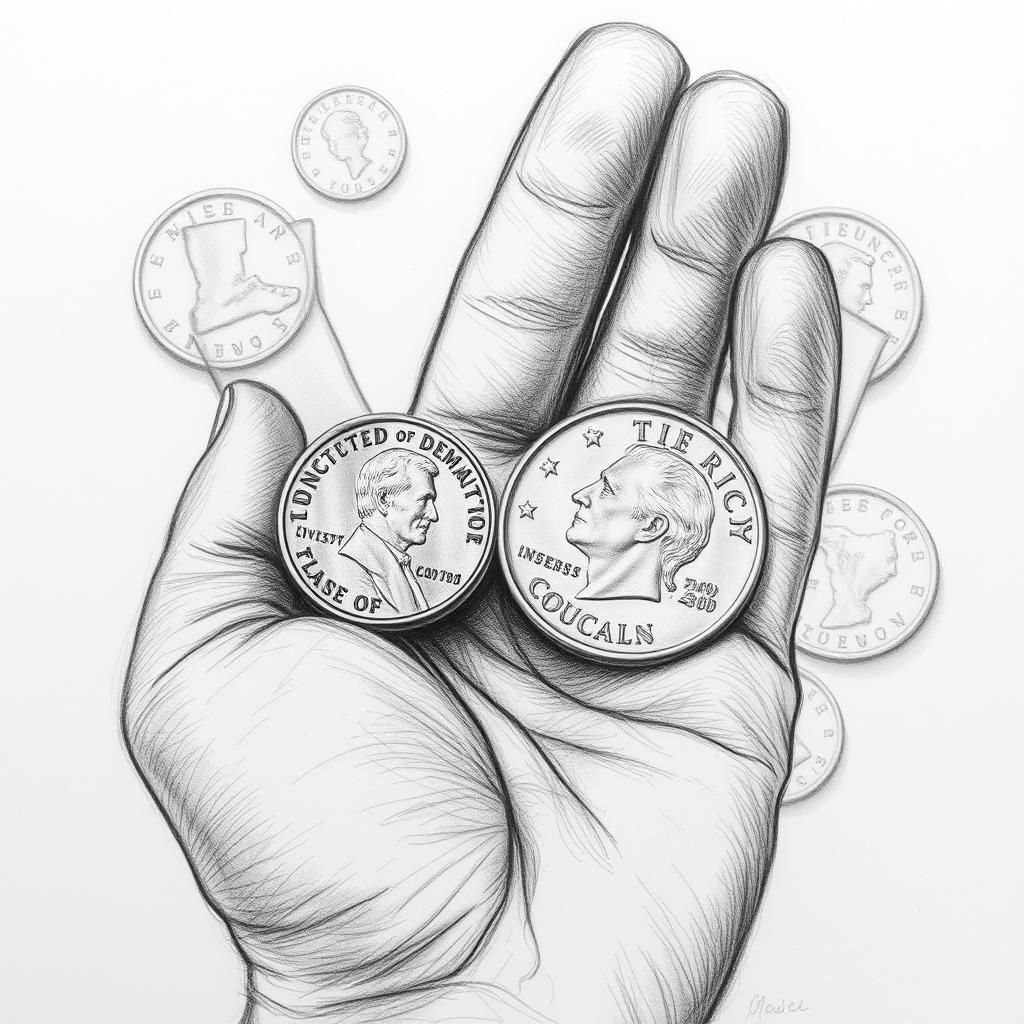
Current Debates on Coin Production and Economic Impact
Picture this: it costs more to make a penny than the penny is worth. In 2024, that’s exactly the case. Each penny costs about 3.69 cents to produce, and nickels aren’t far behind, with production costs around 13.78 cents. This mismatch between face value and manufacturing cost has ignited debates across the U.S. and beyond—should we keep minting these small-change coins, or is it time to let them go?
On one side, critics argue that continuing to produce pennies and nickels is simply throwing money away. Governments spend millions annually just making these coins, money that could be redirected elsewhere. And it’s not just the government feeling the strain—businesses and banks deal with handling, transporting, counting, and storing these coins, costs that trickle down to everyday consumers.
Yet, removing pennies and nickels isn’t straightforward. For one, they’re deeply ingrained in daily transactions, especially for small purchases and vending machines. Would rounding prices up or down annoy shoppers? Some worry it might push prices higher or hurt those who rely on exact change. It’s a delicate balance between economic efficiency and practical use.
Looking beyond the U.S., other countries provide intriguing case studies. Canada phased out their penny in 2013 with little disruption, rounding cash transactions to the nearest five cents. Sweden has pushed even further, with coins now rarely used, banking almost entirely on digital payments. On the flip side, countries like the Eurozone maintain a wider array of small coins, though ongoing discussions about cost and utility continue.
The debate touches on more than just economics. It sparks questions about tradition, convenience, and the unseen costs embedded in everyday objects. Will the penny become a relic of the past, cherished by collectors but obsolete in pockets? Or will it stick around, a stubborn survivor of a cash-filled era? Whatever the outcome, the future of small-denomination coins is a conversation that blends practicality with cultural identity—a story still unfolding one coin at a time.
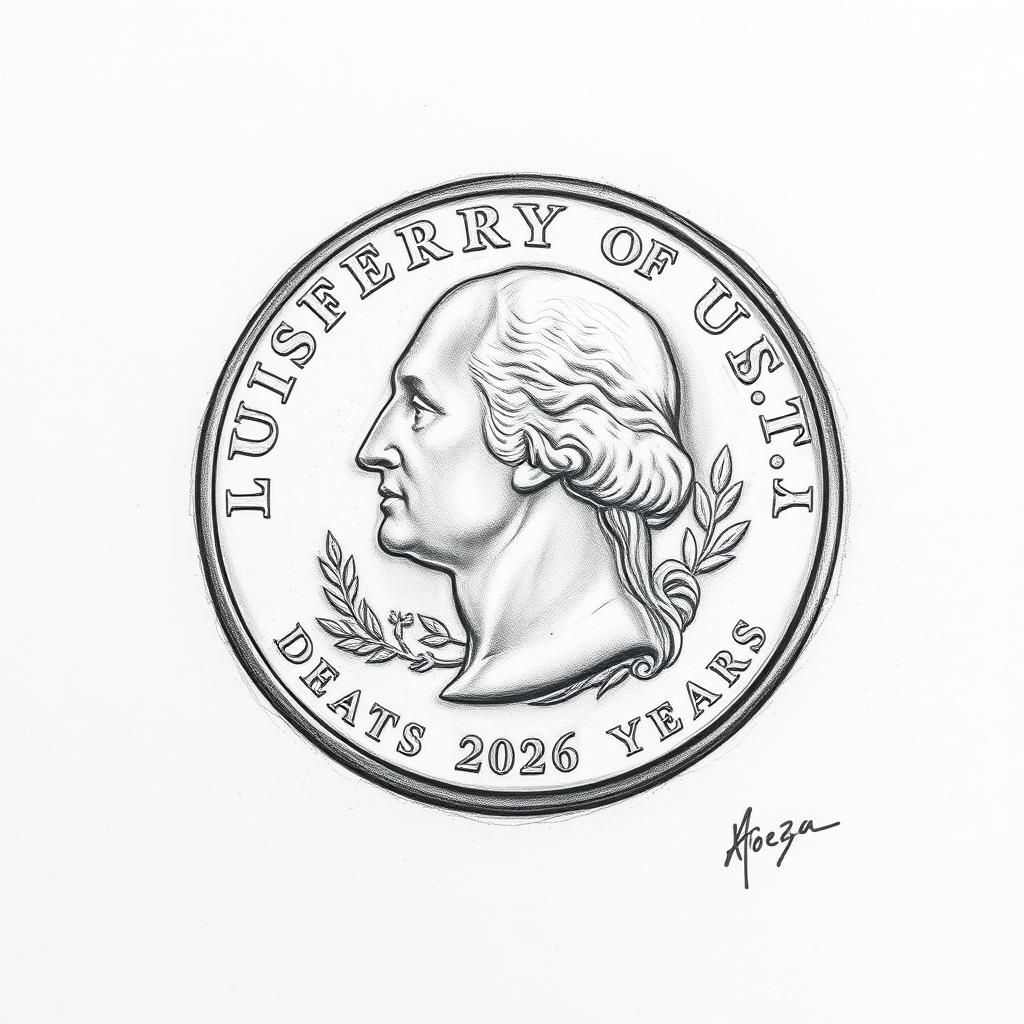
The Future of Coins: Innovation and Adaptation
Hold a 2026 U.S. quarter in your hand, and you’re not just gripping a coin—you’re holding a story still being written. The upcoming quarter designs mark 250 years of the U.S. Constitution, a celebration that’s sparking excitement among collectors and casual users alike. These new quarters promise fresh imagery that honors the nation’s enduring principles, blending artistry with history in a way that reminds us coins are more than metal—they’re mirrors of identity.
But the future of coins isn’t just about design; it’s tied up with technology and the way we pay. As digital wallets and contactless payments become the norm, physical coins are slipping into a quieter role. Fewer hands reach for pennies or nickels these days. Some imagine a world where coins integrate smart tech—imagine a future coin embedded with chips, offering security or tracking without losing its tactile charm. Though still far off, such ideas hint at a fusion of tradition and innovation.
Environmental concerns add another layer to the conversation. Producing coins isn’t cheap—sometimes it costs more to make a penny than it’s worth. This has pushed mints and governments to rethink materials and methods, aiming to shrink the ecological footprint. Recycling programs and creative reuse of leftover coins are gaining traction, turning old coins from pocket clutter into green solutions.
So, while the coin in your palm may seem like a familiar relic, its future is anything but fixed. From new commemorations to eco-friendly initiatives and digital crossroads, coins are quietly adapting—carrying history forward while quietly evolving for the world ahead.
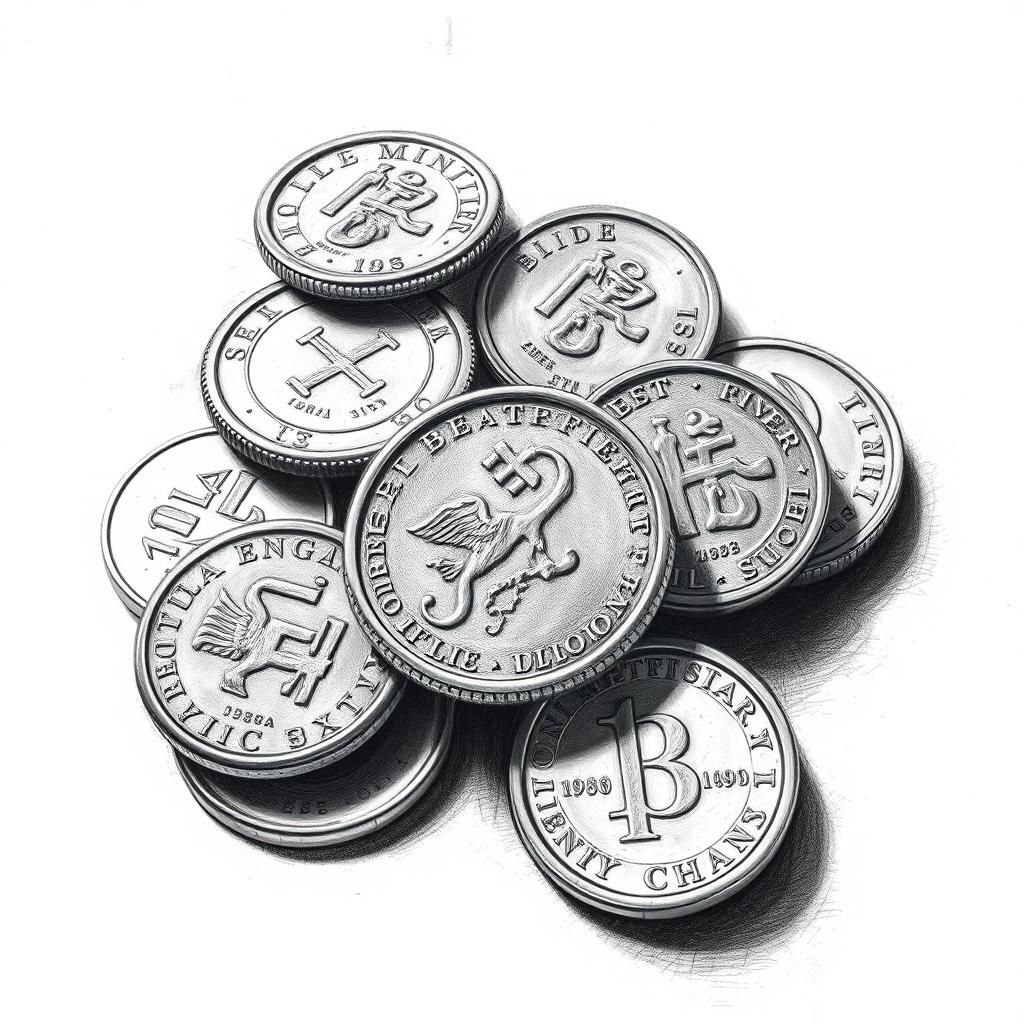
As we’ve traced the journey of coins—from their storied past steeped in culture and craftsmanship, through their changing materials and surprising collectible stories, to the pressing economic debates weighing their worth today—we see that coins are far more than mere metal discs. They carry the imprint of history, serve as touchstones for identity and tradition, and quietly shape our daily lives in ways both practical and profound.
Yet, coins stand at a crossroads. Rising production costs challenge their very existence, prompting questions about how—and if—these small pieces of metal will continue to jingle in our pockets. Meanwhile, the digital age nudges us ever closer to a cashless society, where coins may become relics or symbols rather than everyday tools.
Still, the fascination endures. Coins invite us to pause and reflect on the stories they tell—of leaders and landmarks, of artistic choices and cultural rituals, and of economies adapting to modern realities. In their steady presence, they remind us that history and culture aren’t distant or dusty but alive and unfolding with every exchange.
As you next hold a penny, a euro, or any coin, consider the layers beneath its surface: the hands that designed it, the journeys it’s made, and the conversations it sparks. In a rapidly shifting world, coins are small but steady bridges connecting past to present, tradition to innovation, and individuals to the broader human story. Perhaps their true value lies not in cents, but in the shared heritage they carry—and the curiosity they continue to inspire.
Share to...
I hope you enjoy the content.
Want to receive our daily crossword puzzle or article? Subscribe!
You may also be interested in
Share to…
Want to receive our daily crossword puzzle?
-
Jigsaw Puzzles
Fish Market in Norway Jigsaw Puzzle 250 | 300 | 500 Pieces
kr 348,00 – kr 439,00Price range: kr 348,00 through kr 439,00 Select options This product has multiple variants. The options may be chosen on the product page -
Jigsaw Puzzles
Oslo Opera House Abstract Jigsaw Puzzle 250 | 300 | 500 Pieces
kr 348,00 – kr 439,00Price range: kr 348,00 through kr 439,00 Select options This product has multiple variants. The options may be chosen on the product page -
Jigsaw Puzzles
Vigeland Park Fantasy Puzzle 250 | 300 | 500 Pieces
kr 348,00 – kr 439,00Price range: kr 348,00 through kr 439,00 Select options This product has multiple variants. The options may be chosen on the product page

